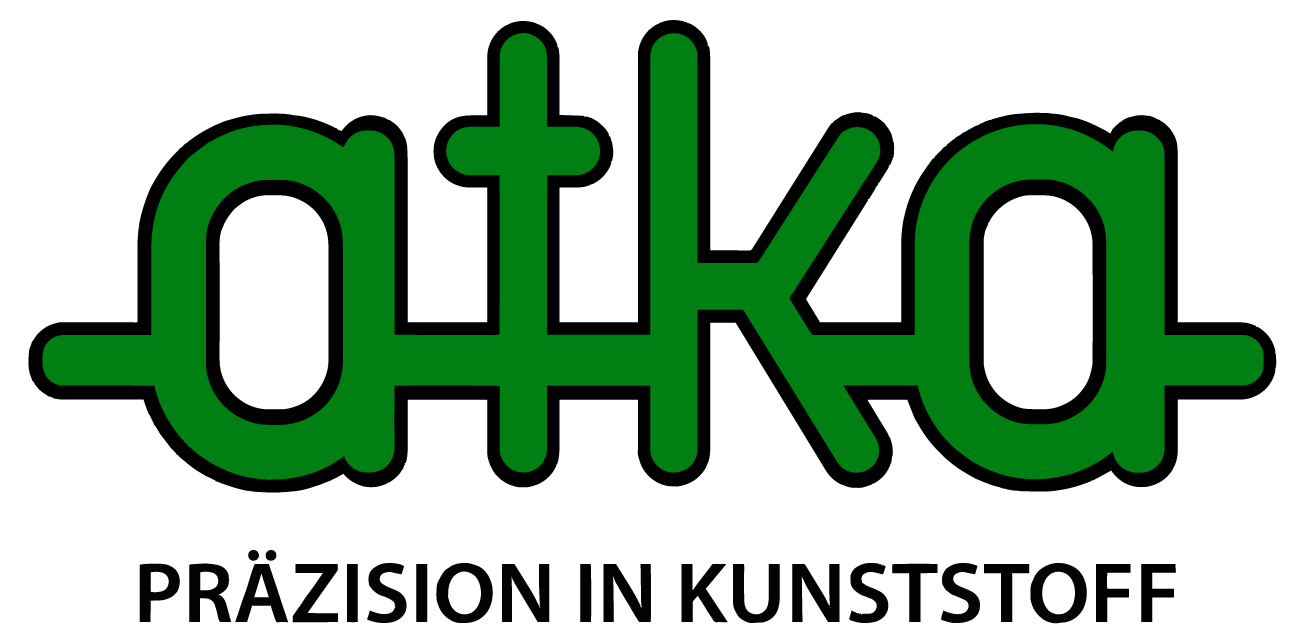Anyone who thought that there was no new ground to be broken in injection moulding has clearly never heard of atka.
Precision in plastic – this is atka Kunststoffverarbeitung GmbH’s mission statement. Our plastic products are proving their quality and versatility in a steady stream of new areas, while lean processes and a high degree of automation are enabling efficient, flexible and cost-effective production. Besides employing the full range of available materials, including ABS, PA (reinforced and unreinforced), PBT, PC, POM, PP, TPE, various regranulates and bioplastics, there are hardly any limitations on what technologies we can use either. We handle techniques such as thermoplastic injection moulding, multi-component injection moulding (2C), overmoulding inserts, in-mould labelling (IML), gas-assisted injection moulding (GAIM) and many more on a daily basis and thus offer solutions for any requirement, from small batches to series production. We also have production facilities with reduced particle levels at our disposal for sensitive and delicate products.















